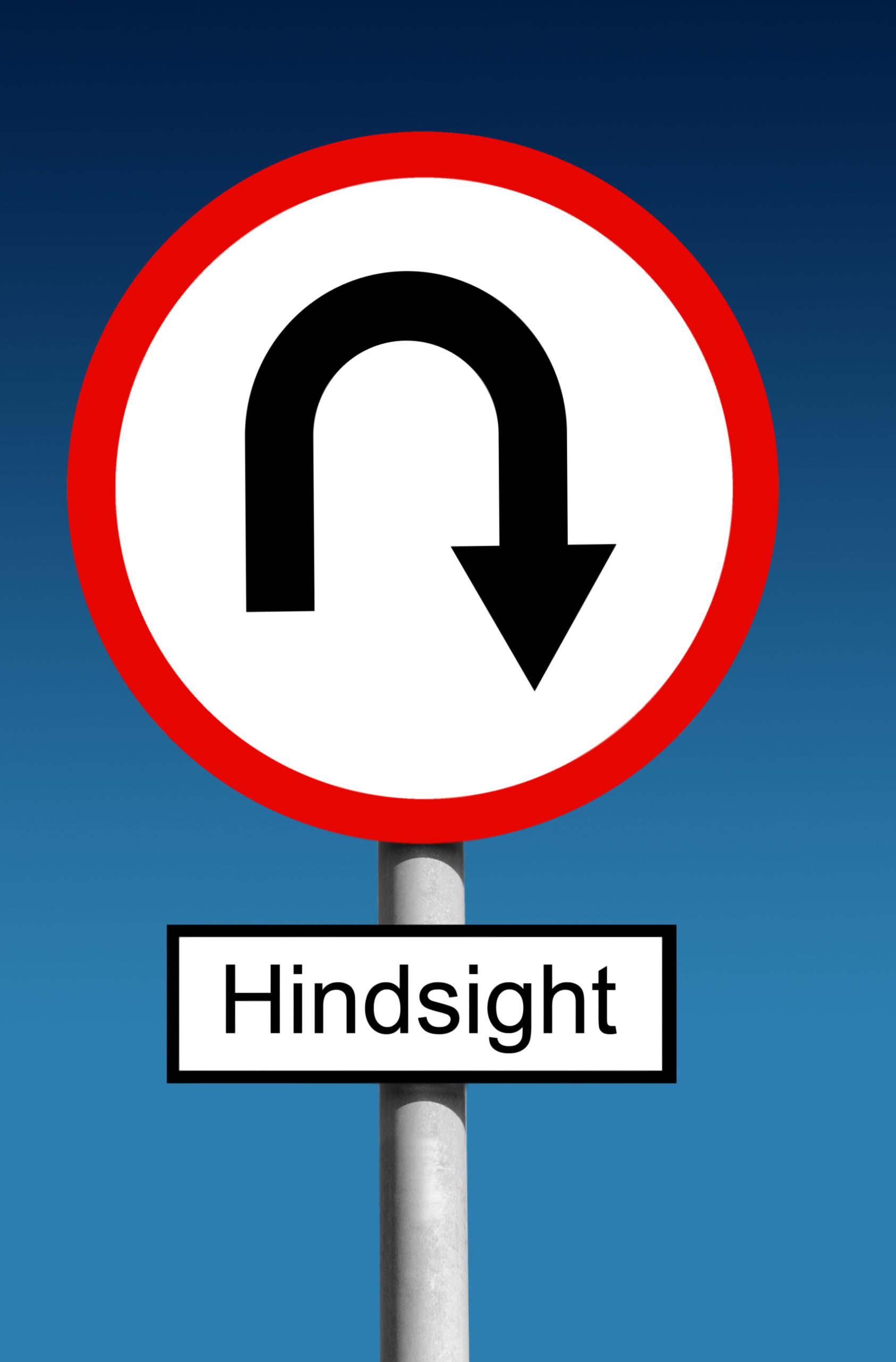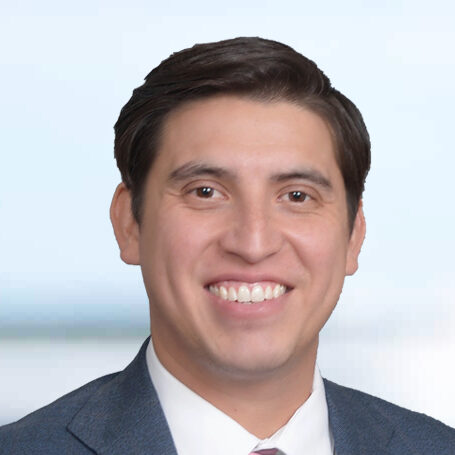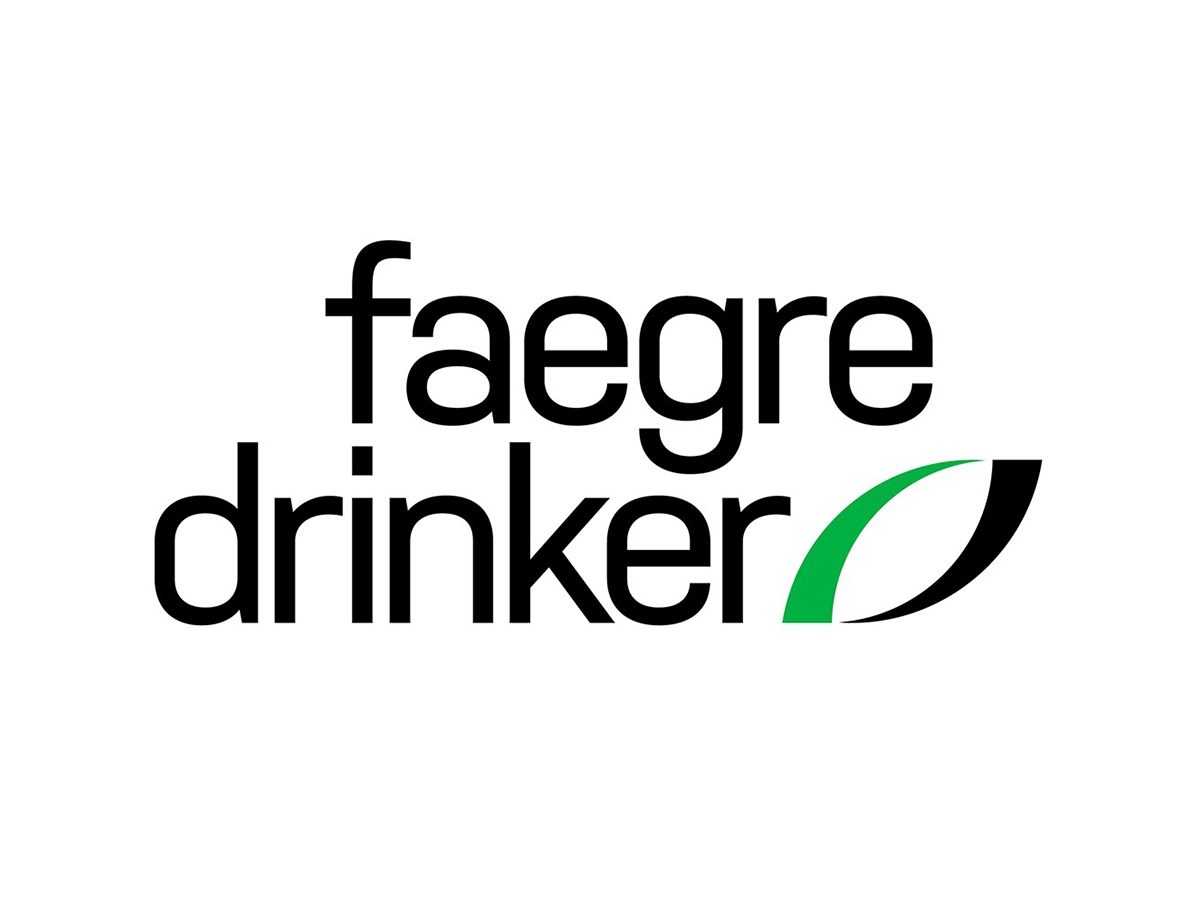How Language Models Can Help
“Language models have the potential to reduce the likelihood of appeals and legal challenges, streamline prosecution, and lead to more consistent and cost-effective patent examination.”
The patent examination process is subject to the well-known issue of hindsight bias. Issues with hindsight bias come up when a patent examiner, without realizing it, uses their knowledge of the invention itself to reject a claim as being obvious. If left unchecked, these issues can lead to incorrect determinations of obviousness, which prolong prosecution, cause unnecessary ex parte appeals to be filed, and force unfair narrowing of independent claims. However, even when an examiner learns about an invention that seems straightforward, human emotions and subjectivity can make it difficult for that examiner to appreciate that the invention was not obvious based on prior art that existed before the invention. Instead, the examiner might be inclined to come up with a strained explanation of how the invention is obvious in view of whatever prior art is available. This is where Artificial Intelligence (AI) in patent law can play a vital role in addressing the issue of hindsight bias effectively. Unlike human examiners, AI models are not subject to emotions or biases, making them well-suited to deal with this issue.
AI Can Ensure Integrity and Accuracy
The use of large language models in patent law has the potential to significantly improve the examination process by reducing the likelihood of hindsight bias and providing an objective and consistent standard for determining obviousness. These models can receive as input an Office Action and the applied art, allowing them to analyze the documents and identify instances where an examiner used impermissible hindsight in their rationale for an obviousness rejection. By doing so, these models can help the examiner provide a more reliable and objective assessment of the patentability of an invention, thereby reducing the chances of incorrect determinations of obviousness. In essence, large language models offer a valuable tool for ensuring the integrity and accuracy of the patent examination process.
However, using language models for this type of hindsight analysis poses a challenge that the current language models are probably capable of handling already. Specifically, the language model needs to determine whether a person of ordinary skill in the art would have found it obvious to piece together only the prior art that was existing before the invention was first disclosed. To address this challenge, the language model will need to generate another model to represent the ordinarily skilled artisan and use that model to assess whether the invention would have been obvious at the time of filing.
The model to represent the ordinarily skilled artisan would involve collecting a dataset of prior art and knowledge of the level of skill in the art. The model would also need to understand the terminology and language used in the field of the invention. Once developed, the model can help identify when an examiner might unknowingly rely on hindsight bias in their obviousness determination.
On a practical level, examiners would run their draft office action through the model, consider feedback, and then address any necessary changes to strengthen their arguments. Similarly, tools can be developed for attorneys to use on the flip side to help identify hindsight bias. Attorneys can use the model to determine whether the examiner’s decision was biased and use that knowledge to formulate appropriate arguments for the examiner.
One issue that can arise in hindsight analysis is the temptation to piece together prior art references in a way that may not have been obvious to a person of ordinary skill in the art. This practice, known as “cherry-picking,” can lead to an incorrect determination of obviousness. For example, an examiner might take one element from one reference and another element from another reference to argue that the invention was obvious. However, this approach may not have been obvious to a person of ordinary skill in the art at the time of the invention. Language models can help address this issue by analyzing the Office Action and the applied art to identify instances of cherry-picking and other improper uses of prior art. By doing so, these models can provide a more accurate and objective assessment of the patentability of an invention, which can help prevent unnecessary appeals and legal challenges. By using objective criteria and avoiding subjective biases, language models offer a promising solution for ensuring the integrity of the patent examination process and reducing the impact of hindsight bias.
The Pros Outweigh the Cons
To maximize the potential of this technology, it is essential for the USPTO to prioritize the development and testing of specialized models for hindsight analysis. Although the development and implementation of these language models may require initial investment and training, their potential benefits in the long run are significant. Furthermore, exploring how these models can be integrated into the patent examination process is crucial. By leveraging the power of these models to detect when an examiner has used hindsight in an Office Action, examiners can make more informed and objective assessments of the patentability of an invention. Ultimately, this leads to a more efficient, consistent, and cost-effective patent examination process.
In conclusion, language models have the potential to reduce the likelihood of appeals and legal challenges, streamline prosecution, and lead to more consistent and cost-effective patent examination. As such, it is worth exploring how language models can be integrated into the patent examination process to help address the issue of hindsight bias. With continued effort and investment, language models can help revolutionize the patent examination process, making it more efficient, consistent, and objective.
Image Source: Deposit Photos
Image ID: 18909067
Author: woodsy007
Derek Abeyta
Derek Abeyta is an Associate with Harrity & Harrity LLP. He is a seasoned patent attorney with extensive experience in preparing and prosecuting patent applications for clients in the United […see more]







